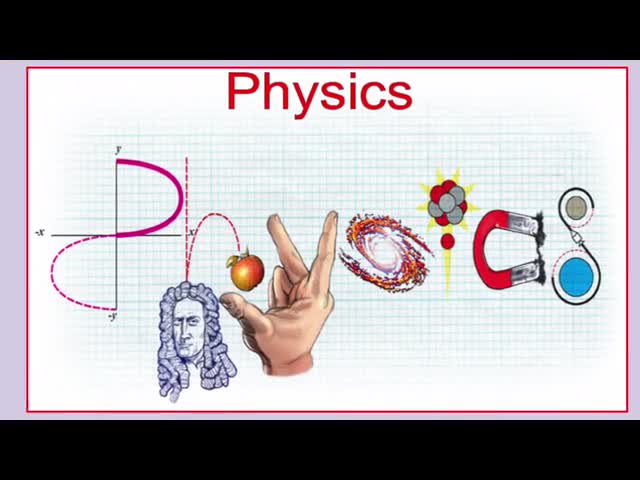First Month Free — use code BTS40. Offer valid for 80 credits plan.Learn More
This class is no longer available, but we found something similar!
80

Learn Coding With Fun- PART 5 & 6(Nested Loops,Conditionals)
Completed by 316 learners
Ages 6-11
Live Group Class
Live video meetings
2x per week, 1 week
1-12 learners per class
50 min
What’s included

2 live meetings
1 hrs 40 mins in-class hoursClass Experience
PLEASE JOIN THIS CLASS AFTER YOU HAVE COMPLETED PART 1 TO PART 4 of my class/classes. Initial 2 minutes will be Introduction of the student as the student joins the class. Next 7 minutes the teacher will explain the concept to be discussed for the day. Next 40 minutes will be working on puzzles and the challenge for the concept discussed for the day.I will keep explaining and helping them with their understanding as they progress. The learner is welcome to share his/her screen whenever he/she needs help on any level. Once a student completes all the levels and shares his/her learning with the class, I will share the next link to work on. Last 1 minute will be reinforcing the vocabulary and reflection on their learning. CLASS 1- Students will learn how to program a loop inside of another loop. In earlier puzzles, loops pushed students to recognize repetition. Here, students will learn to recognize patterns within repeated patterns to develop these nested loops. This progression leads into plenty of practice for students to solidify and build on their understanding of looping in programming.They will also be encouraged to figure out how little changes in either loop will affect their program . What do loops do? Loops repeat a set of commands. How do we use loops? We use loops to create a pattern made of repeated actions. "If a loop repeats a pattern, then looping a loop would repeat a pattern of patterns!" CLASS 2- This lesson introduces students to 'if' and 'if / else' statements. These blocks use conditionals. If / Else statements offer flexibility in programming by running entire sections of code only if something is true, otherwise it runs something else. The if / else blocks will allow for a more flexible program. The bee will only collect nectar if there is a flower or make honey if there is a honeycomb. New patterns will emerge and students will use creativity and logical thinking to determine the conditions where code should be run and repeated.
Learning Goals

CLASS 1-
Students will be able to:
Break complex tasks into smaller repeatable sections.
Recognize large repeated patterns as made from smaller repeated patterns.
Identify the benefits of using a loop structure instead of manual repetition.
Combine simple shapes into complex designs with nested loops.
Count the number of times an action should be repeated and represent it as a loop.
Vocabulary
Command - An instruction for the computer. Many commands put together make up algorithms and computer programs.
Loop - The action of doing something over and over again.
Repeat - Do something again
CLASS 2-
Students will be able to:
Translate spoken language conditional statements into a program.
Solve puzzles using a combination of looped sequences and conditionals.
Define circumstances when certain parts of a program should run and when they shouldn't.
Determine whether a conditional is met based on criteria.
Vocabulary:-
Conditionals - Statements that only run under certain conditions.
Condition - A statement that a program checks to see if it is true or false. If true, an action is taken. Otherwise, the action is ignored.Other Details

Supply List
Student will need a LAPTOP or a DESKTOP. Please do not use an iPad or a tablet because it gets very confusing for a student to keep both Zoom and the Browser tab to remain open during the class and feels lost in moving from one to another. It is advisable to use a laptop because with one device the learner has the Zoom and the link on the same device and is able to share his/her screen if the learner needs help from the teacher on any level . Also, the student on completing the challenge activity is able to share his/her learning with the whole class. If you are using 2 separate devices then the learner is unable to use the 'Zoom Share Screen' feature to share his/her work with the class.

External Resources
Learners will not need to use any apps or websites beyond the standard Outschool tools.
Meet the teacher
Teacher expertise and credentials

Non-US Teaching Certificate in Science
I am an enthusiastic science, technology and STEM teacher with over 30 years of teaching experience teaching different age and grade levels. I love to always challenge myself by looking for solutions to problems and to write algorithms and code to solve a problem. This enhances my creativity and problem solving skills.Reviews
Are you planning to use state funding, such as an Education Savings Account (ESA), Micro-grant or scholarship to help pay for your learner’s education?

